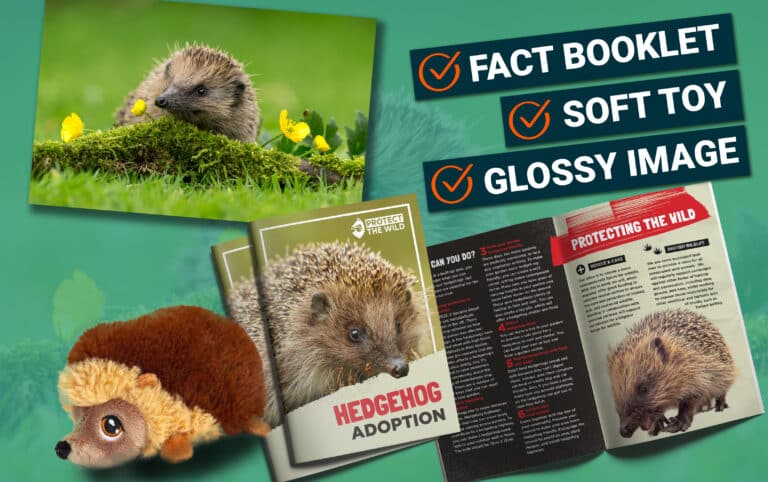REMEMBER
REMEMBER
This bonfire night ‘remember, remember’ wildlife too
November 5th. We usually remember the bonfire, the fireworks, the Guy Fawkes effigy, the hot chocolate. Maybe even toffee apples.
But while we’re (rather oddly) celebrating the failure of a plot to blow up Parliament more than four hundred years ago, what happens to the wildlife that would normally be sharing our gardens, our parks, or our public spaces?
Sadly, while we’re blanketing the country with deafening noise and toxic air pollution we seem to largely have forgotten about them.
Every year animals like hedgehogs that have curled up in the wood and brush we pile up and set light to are injured or killed. And every year roosting birds are sent rocketing into the air along with the flashes, bangs, and colourful sparkles.
So how can we celebrate bonfire night differently?

Bonfires
Bonfires can be deadly for hedgehogs because they appear to be a home from home for hedgehogs wandering about looking for a place to shelter.
Here are a few suggestions to ensure our bonfire is wildlife friendly.
Build the bonfire on the same day it will be lit
Build the bonfire on open ground as opposed to on a pile of leaves.
Check the entire bonfire with a torch before lighting it and particularly look for any movement in the centre as this is where a hedgehog would most likely be found.
When checking the bonfire do not use anything sharp or with a point as this could cause injury to the hedgehog.
While checking keep as quiet as possible and listen out for a hissing sound – this is the noise made by a hedgehog in distress.
Light the bonfire from one corner rather than the centre as this will give any hedgehogs inside a chance to escape.
What can we do if we find a hedgehog?
If we do find a hedgehog, we either need to not light the fire or (which is probably more likely in most cases) move the hedgehog to safety.
These are – of course – very prickly animals indeed, so please put on gardening gloves or a thick alternative first, then carefully pick up the hedgehog and place them safely in a high sided cardboard box.
If possible ensure that the animal is settled into leaves or other material that he/she was found in.
Wait until the bonfire is completely out and the embers damped down before releasing the hedgehog again (preferably at dusk and under a bush).
Pllease contact your nearest wildlife rescue service if there are any signs that the hedgehog may be injured.
Hedgehogs are declining and need our help. For more ways to support hedgehogs (like making our gardens more wildlife-friendly) please see our full guide here.
deadly for hedgehogs
Fireworks
A fireworks display can be spectacular, but exploding and flashing fireworks can have serious impacts on local wildlife. We probably all recognise how fireworks can harm and panic companion animals, but their impact on wild birds should not be ignored.
After dark, most birds roost in hedges or trees. They drop their breathing and heart rates to conserve energy, and on really cold nights almost drop into a state of torpor. The sudden noise of fireworks exploding nearby can cause birds severe stress and shock and rapidly raise their heart rates. In some cases they can literally be scared to death.
Movement data from 347 geese showed that after fireworks on New Year’s Eve in the Netherlands, birds suddenly left their sleeping sites and flew to new areas further away from human settlements. The disturbed birds rested two hours less and flew further, sometimes up to 500 kilometers non-stop, than they did on nights without fireworks. They never returned to their original sleeping sites.
“It was shocking to see just how much further birds are flying on nights with fireworks compared to other nights,” says Andrea Kölzsch, a research scientist at the Max Planck Institute of Animal Behavior and first author on the study. “Some individuals flew hundreds of kilometers over a single night, covering distances that they normally would only fly during migration.”
A wanton horror show
One of the worst reported incidents of deaths in panicked, disorientated birds occurred in the US in 2011 when 3,000 Red-winged Blackbirds rained down from the sky. The Guardian reported at the time that “fireworks appeared to have frightened the birds to such a degree that they crashed into homes, cars and each other. Some may have flown straight into the ground.”
In a far-sighted decision, in 2019 Torridge District Council voted to prohibit firework displays around Long Bridge in Bideford to protect roosting Starlings, a Red-listed species that has undergone severe population declines.
We can all help. How about using silent fireworks to minimise the impact on animals? Or we could really show we care and hold a laser/light show instead.
This year – every year – let’s ‘remember, remember’ our wildlife too!
Adopt a
hedgehog
Your adoption will provide vital funds as we campaign to end the hunting of wildlife in the name of sport. Your support will help us deliver our vision to create a world in which all wildlife is free from persecution.
WE DO THIS BY:
- Funding undercover investigations to expose wildlife persecutors.
- Pressuring and influencing decision makers to strengthen legislation and protect wildlife.
- Campaigning to ensure wildlife persecution is on the mainstream agenda.
- Educating future generations to turn their backs on bloodsports and ensure a more compassionate future.

